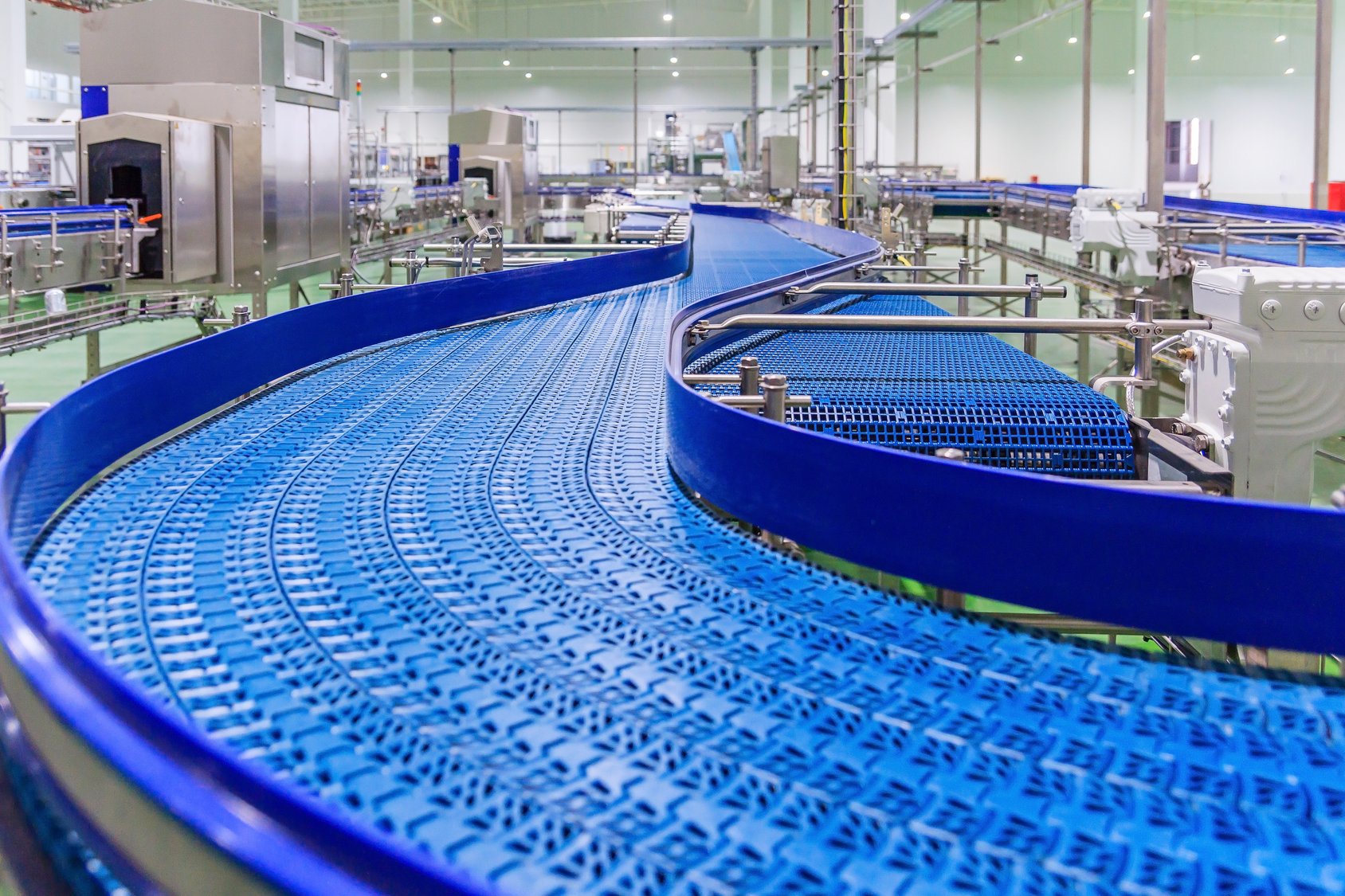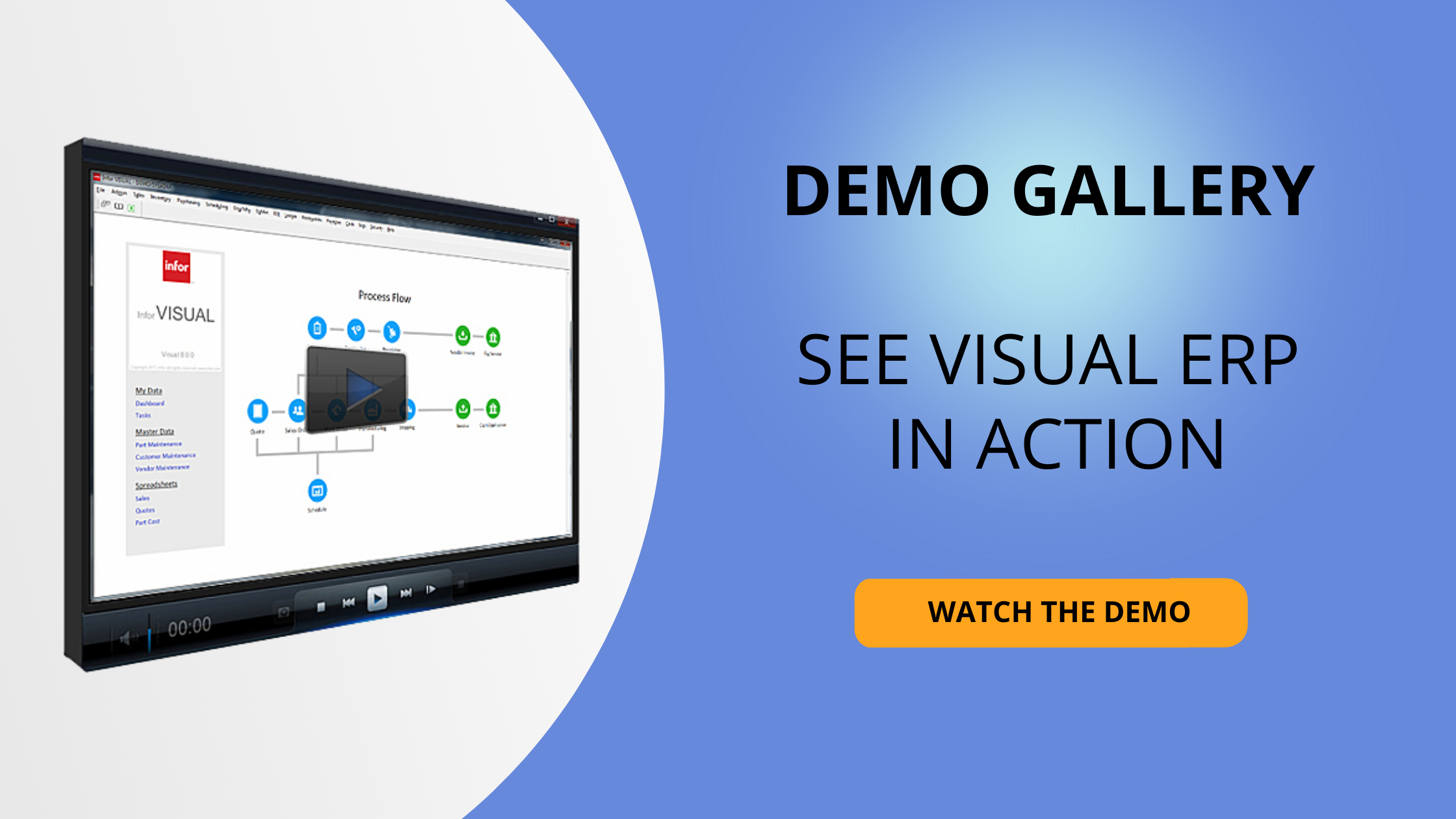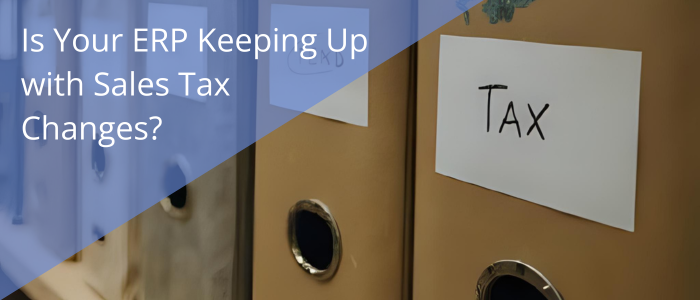
For small- and medium-sized manufacturers, growth brings complexity. A common and often overlooked example is sales tax. The moment a business starts selling into other states, it opens the door to a patchwork of tax rules, filing requirements, and exemption management challenges. Sales tax compliance doesn’t seem strategic until something goes wrong. Then it becomes a distraction for the team, pulling attention away from more valuable work.
This article explains what manufacturers need to know about managing tax across multiple states and how integrating a tool like Avalara with Infor ERP can simplify the process.
Why Sales Tax Gets Complicated Quickly
If you only sell in one state, tax compliance is relatively simple. But as soon as you start selling into additional states, everything changes.
Each state has its own rules for:
- Tax rates and taxability
- Filing schedules and forms
- Economic nexus thresholds
Economic nexus is one of the most misunderstood parts of compliance. Many businesses assume they need a physical location to owe sales tax, but that is no longer true. Most states now require sales tax collection once you hit a certain amount of revenue or number of transactions. If you are not tracking this, you might be out of compliance without realizing it.
This is what Avalara refers to as nexus risk. Tracking your physical and economic presence in each state is key to staying compliant.
Comparing the Three Main Tax Compliance Approaches
Manufacturers typically handle tax compliance in one of three ways.
Manual compliance. This approach means uploading tax rate tables into the ERP system, managing exemption certificates by hand, and filing returns through individual state websites. It works for companies with low sales volume, but the process becomes error-prone and time consuming as the business grows.
Built-in ERP tax modules. Some ERP systems, including Infor, offer native tax features that calculate sales tax and manage certificates. These modules are helpful for basic use cases, but they usually rely on ZIP codes and often need customization to support more complex requirements.
Third-party automation. Solutions like Avalara AvaTax provide the most complete approach. When connected to your ERP system, they offer:
-
- Real-time rate calculations across over 13,000 tax jurisdictions
- Rooftop-level address validation
- Automated exemption certificate tracking and renewal reminders
- Filing of sales tax returns in every required jurisdiction
They also monitor sales activity in each state to alert you when you are approaching a new compliance threshold.
What We Hear from Manufacturers
Manufacturers usually recognize the need for a new approach in one of two situations. Either they receive a notice from a state where they unknowingly created nexus, or their internal finance team raises concerns about the time being spent on tax compliance.
The underlying theme is the same. The current process is not scalable. Hiring someone to manage tax might solve the problem, but it is not always the most efficient use of resources. That is when automation becomes a practical option.
Setting up a tax automation system like Avalara does require planning. You will need to configure how the data flows between your ERP system and the tax engine and determine how to manage exceptions and customer-specific rules. Once it is configured, however, most businesses report less manual effort and fewer surprises during audits.
Risk Is Not Just About Missing a Filing
Sales tax risk is often thought of as something that shows up in a formal audit. In practice, smaller risks cause just as much disruption:
- Incorrect tax codes being applied during order entry
- Lapsed exemption certificates that are discovered too late
- Misclassified product taxability based on general ZIP code rules
Automated solutions reduce these risks by embedding compliance logic directly into the systems and processes your team already uses. This ensures consistent handling of tax across the business.
Not Every Manufacturer Needs Automation
If your company only sells in one or two states, and your tax scenarios are straightforward, you may not need a full automation tool. In these cases, manual processes or ERP-native tax modules can work well.
But if your footprint is expanding, or your product lines are becoming more complex, the benefits of automation increase. The goal is not to add technology for the sake of it. It is to reduce time spent on non-value-added tasks while improving accuracy and visibility.
Avalara is one option that integrates directly with Infor ERP.
One Final Consideration
If your sales footprint has grown, now is a good time to ask whether your current tax process can scale with the business. If it cannot, you may want to look into ways your ERP system can support automation and help your team stay compliant.
There is no need to overhaul everything at once. But building a process that gives you visibility, consistency, and timely reporting will make tax compliance less of a burden as you grow.








